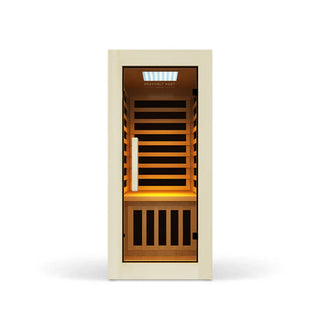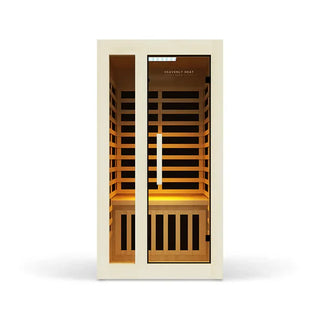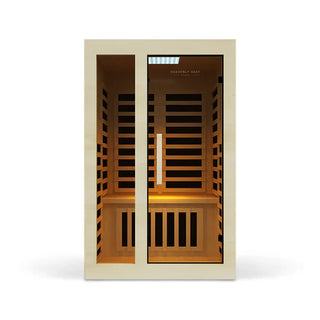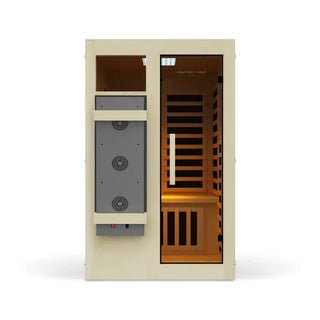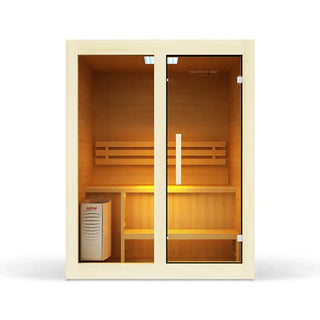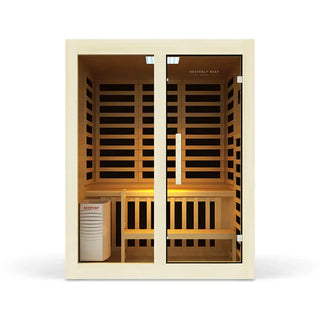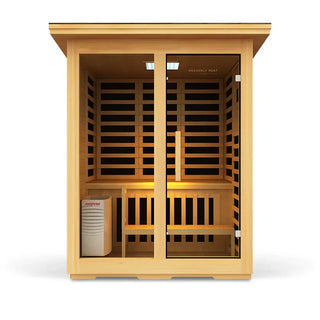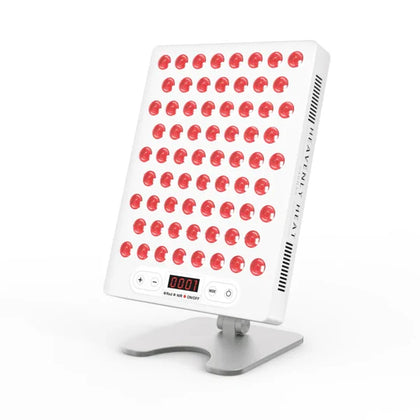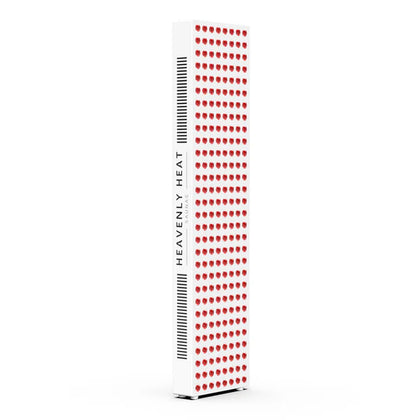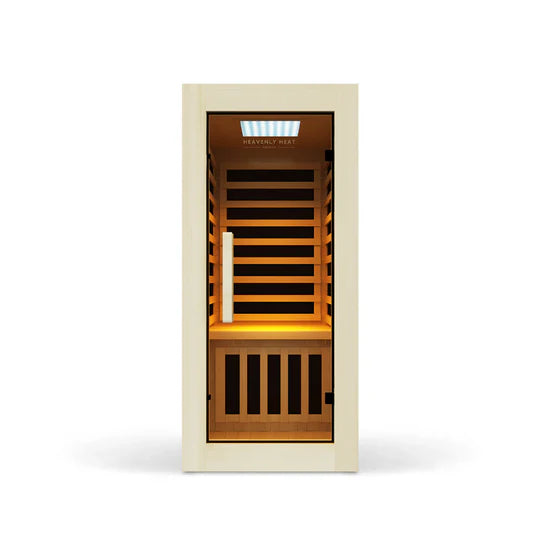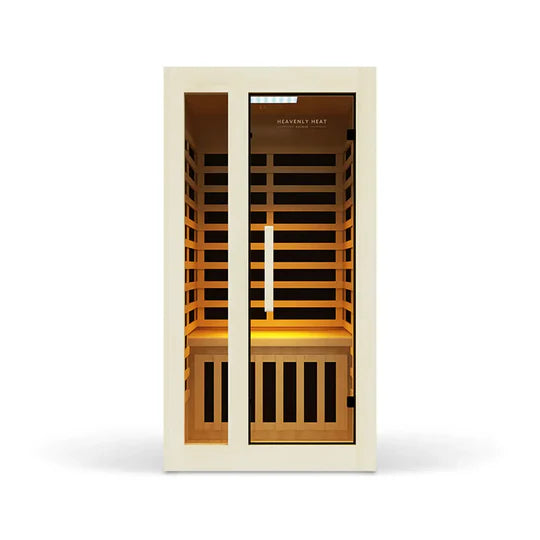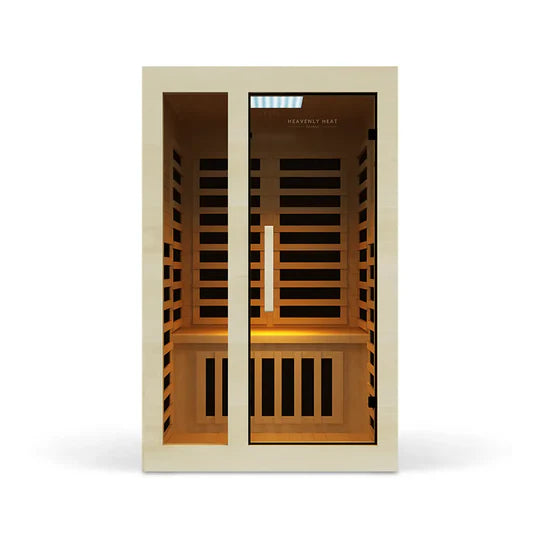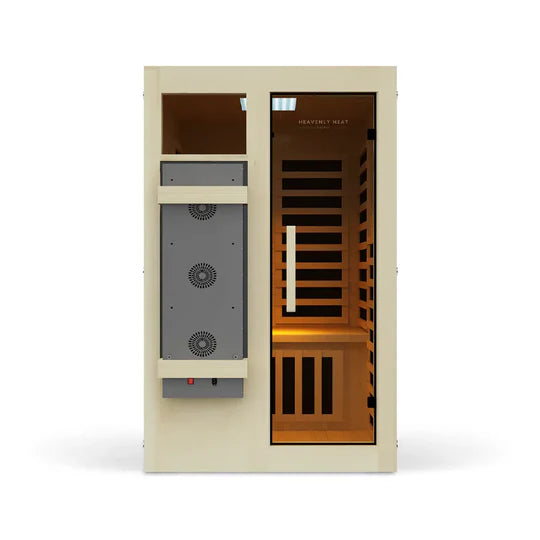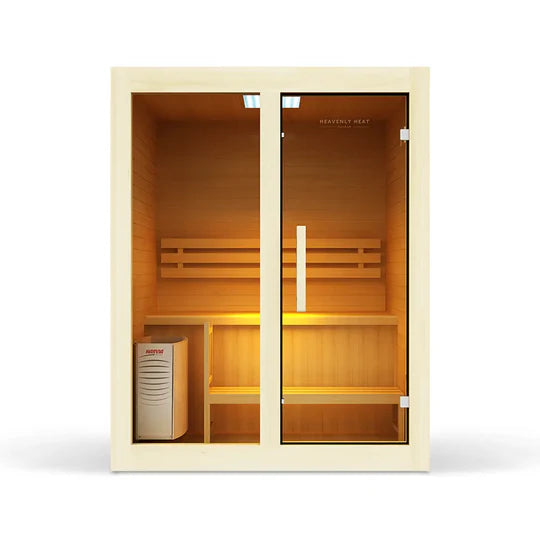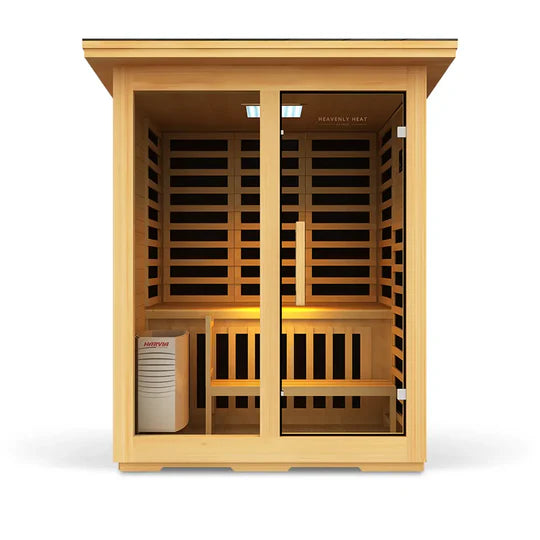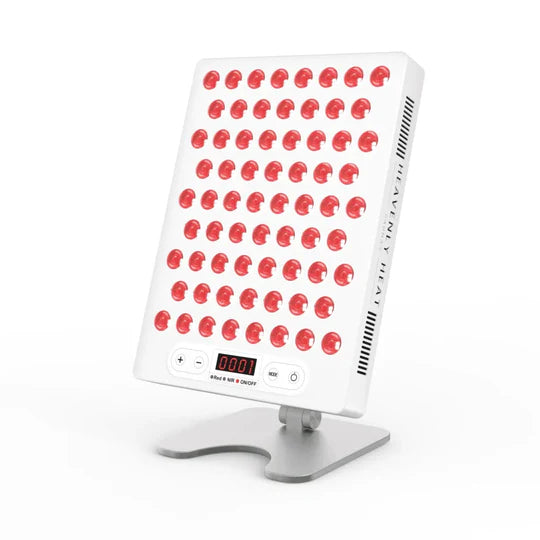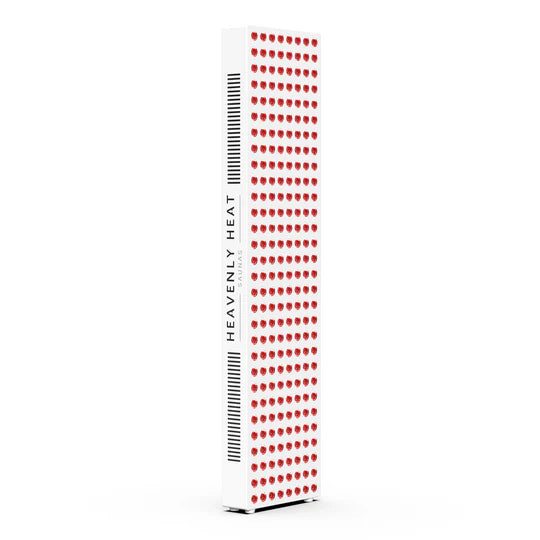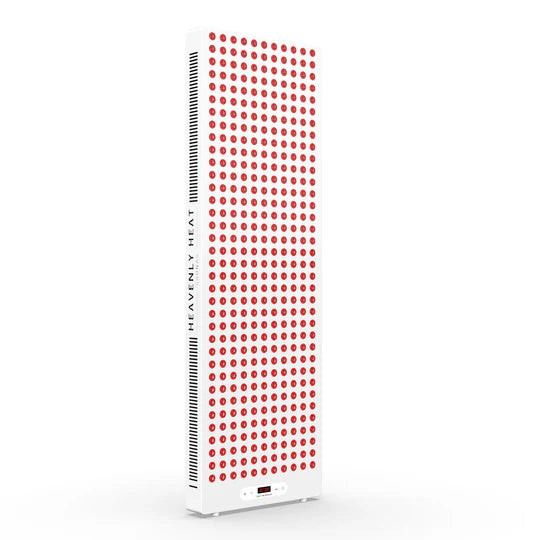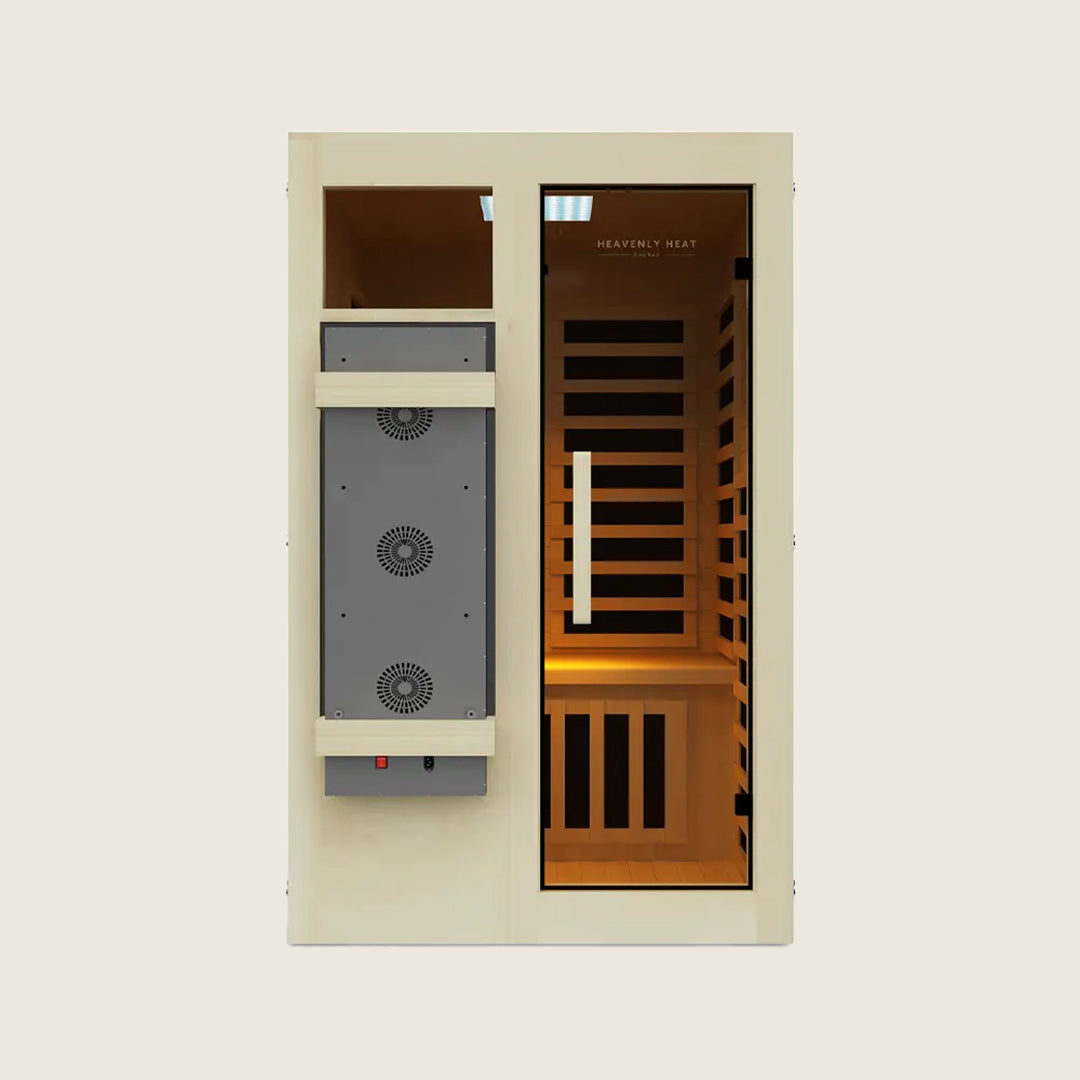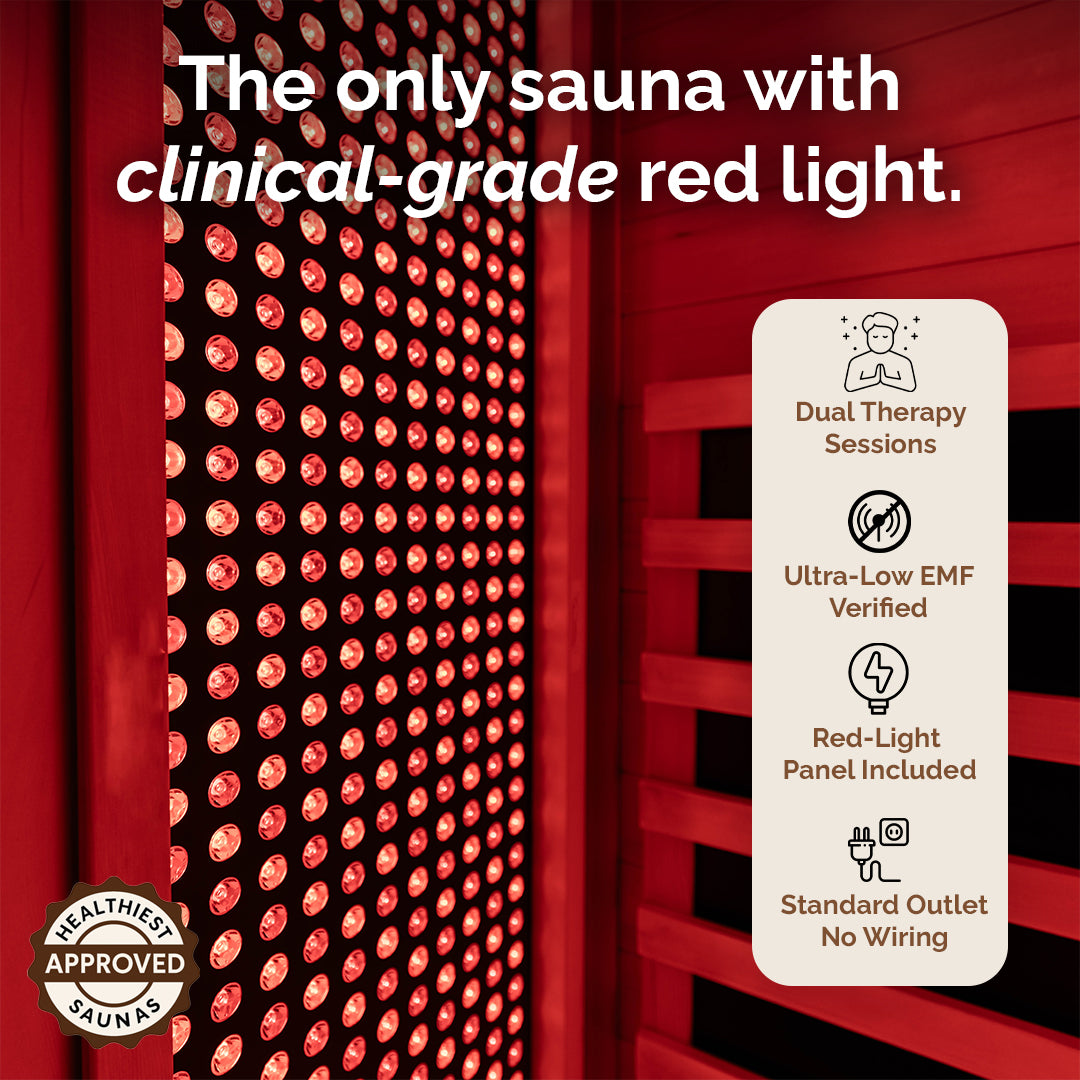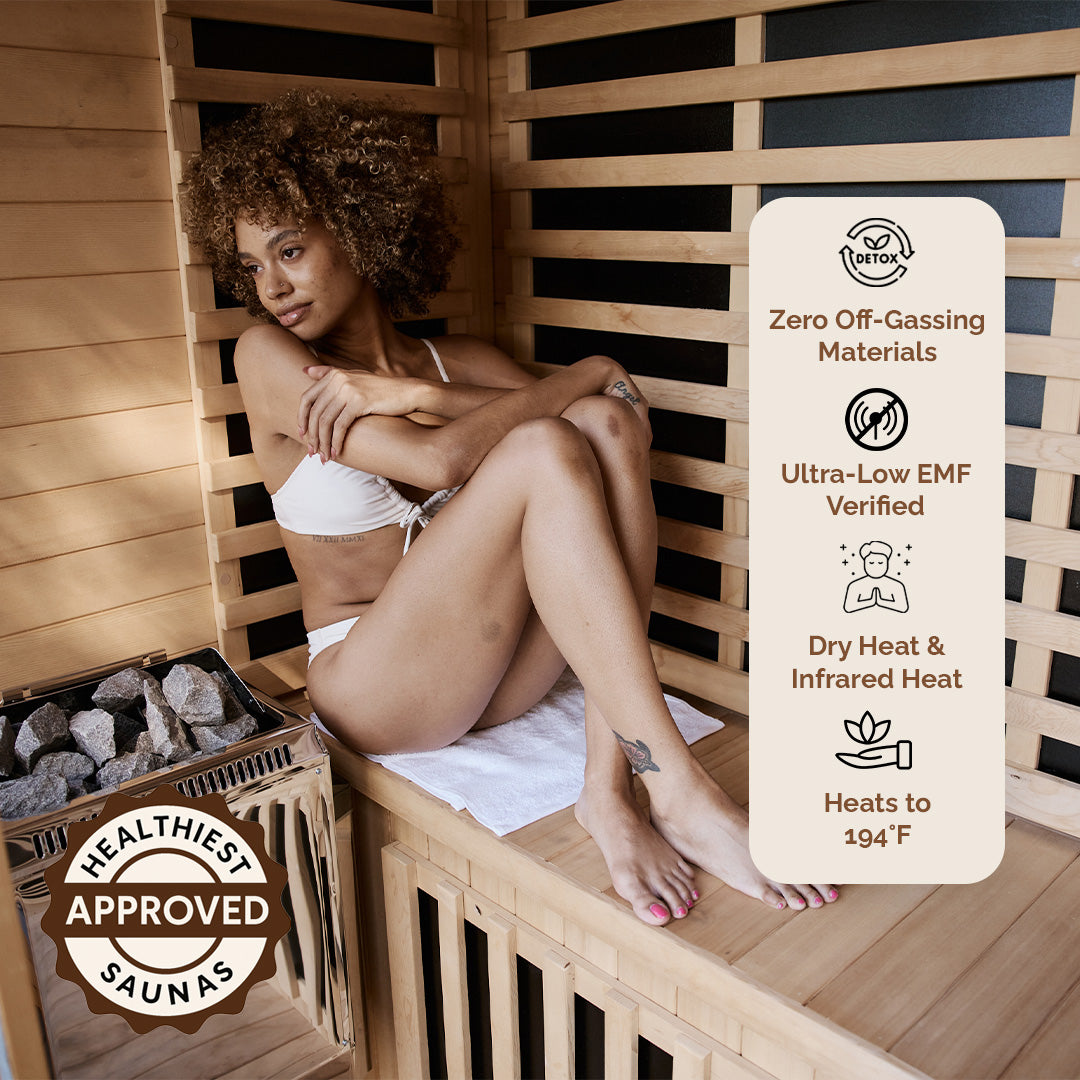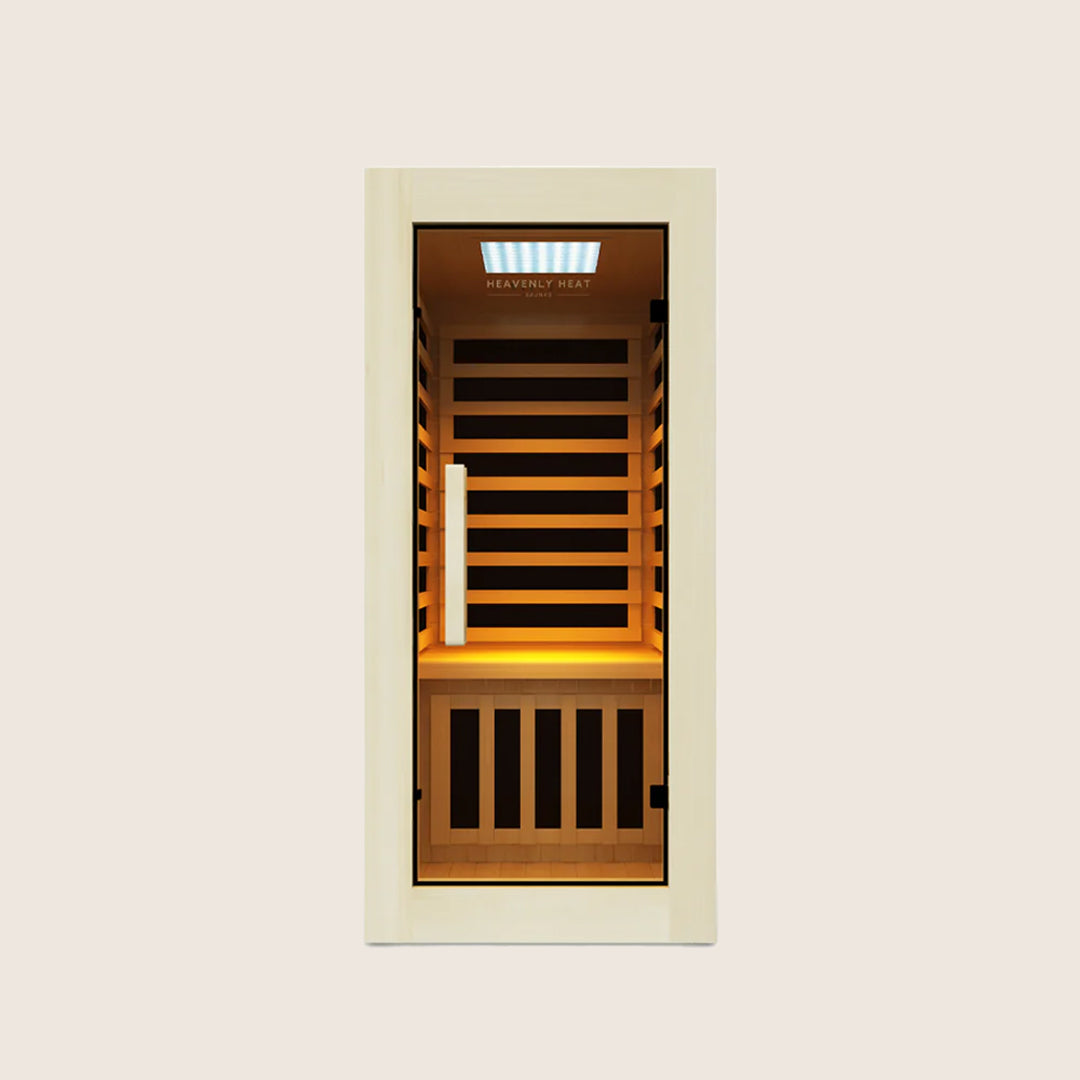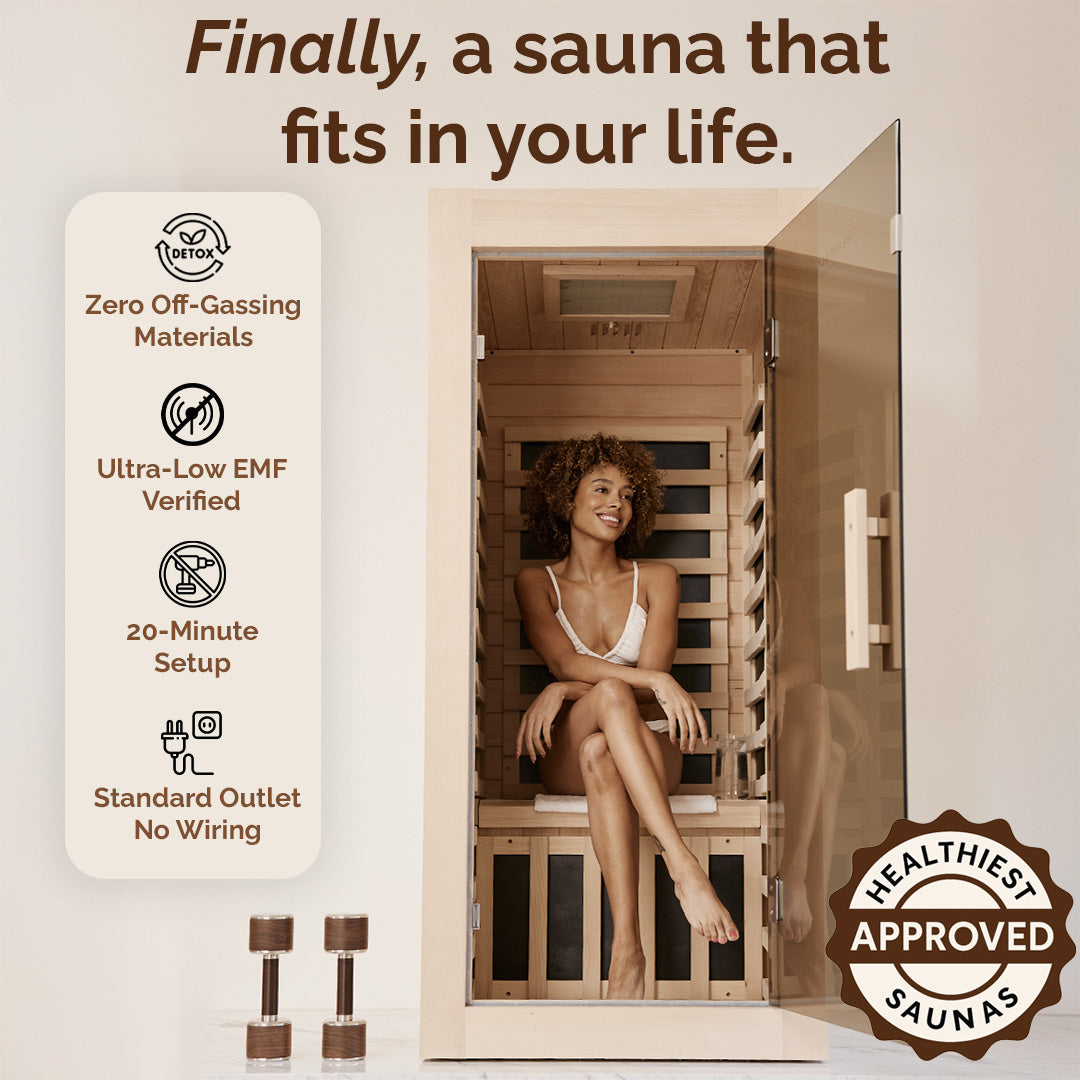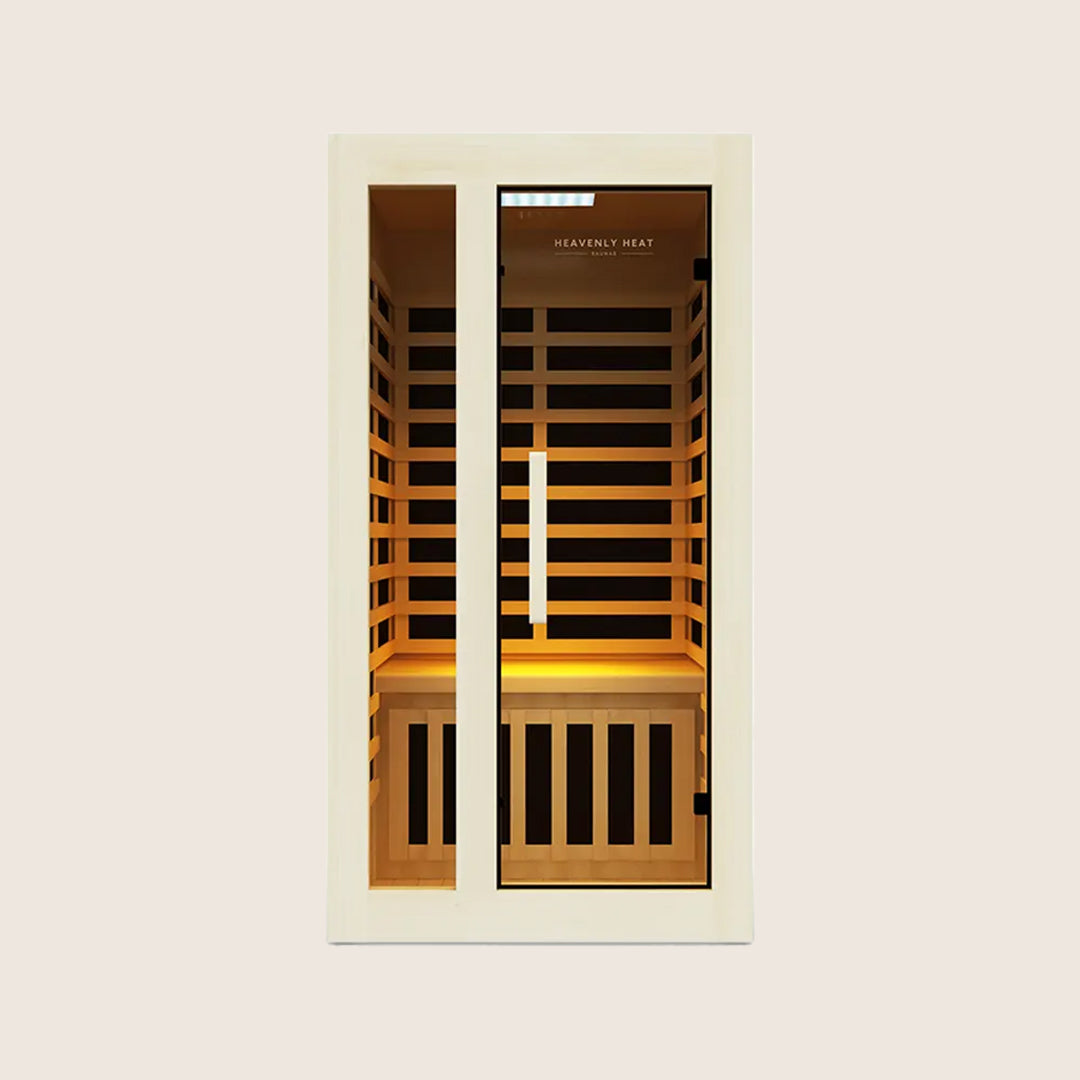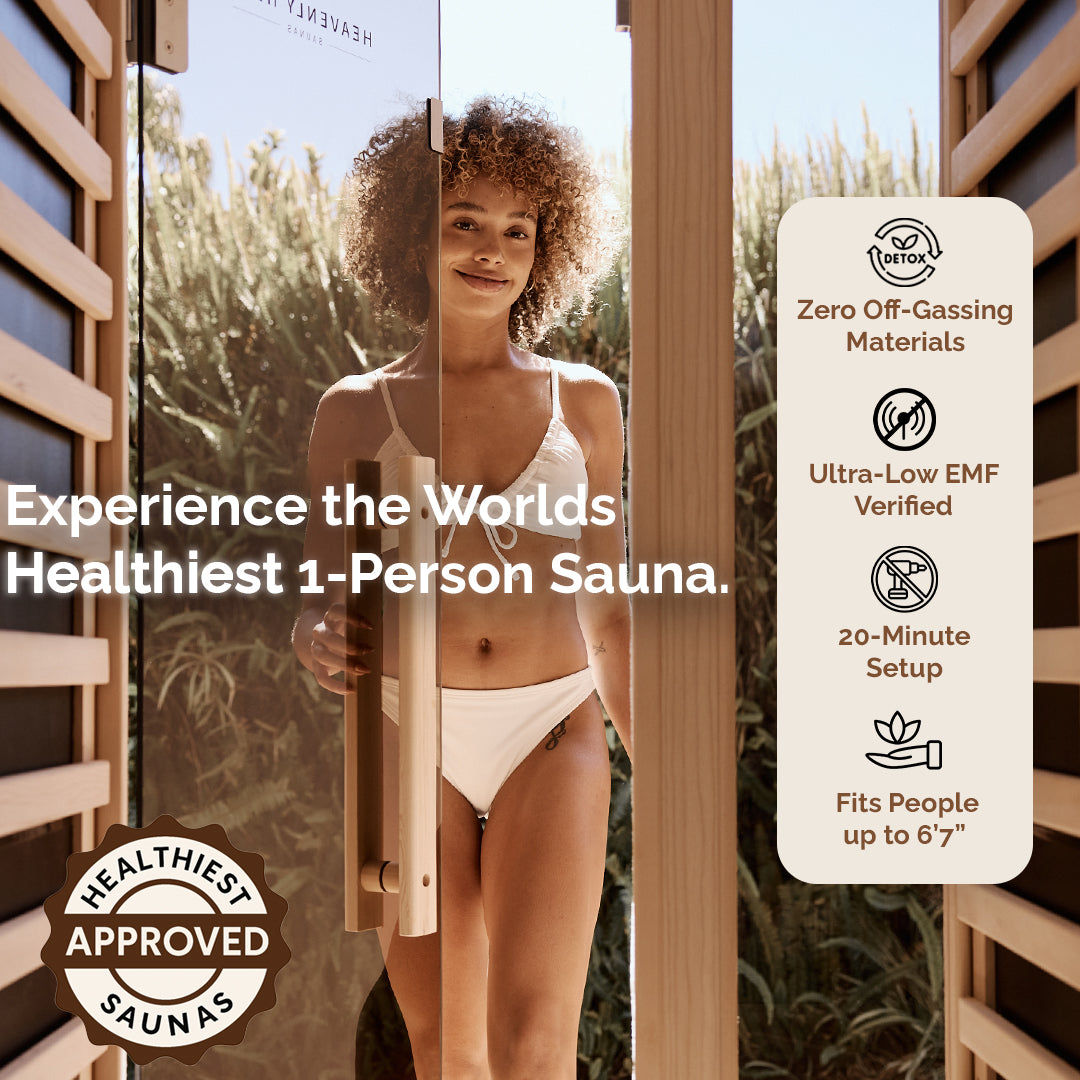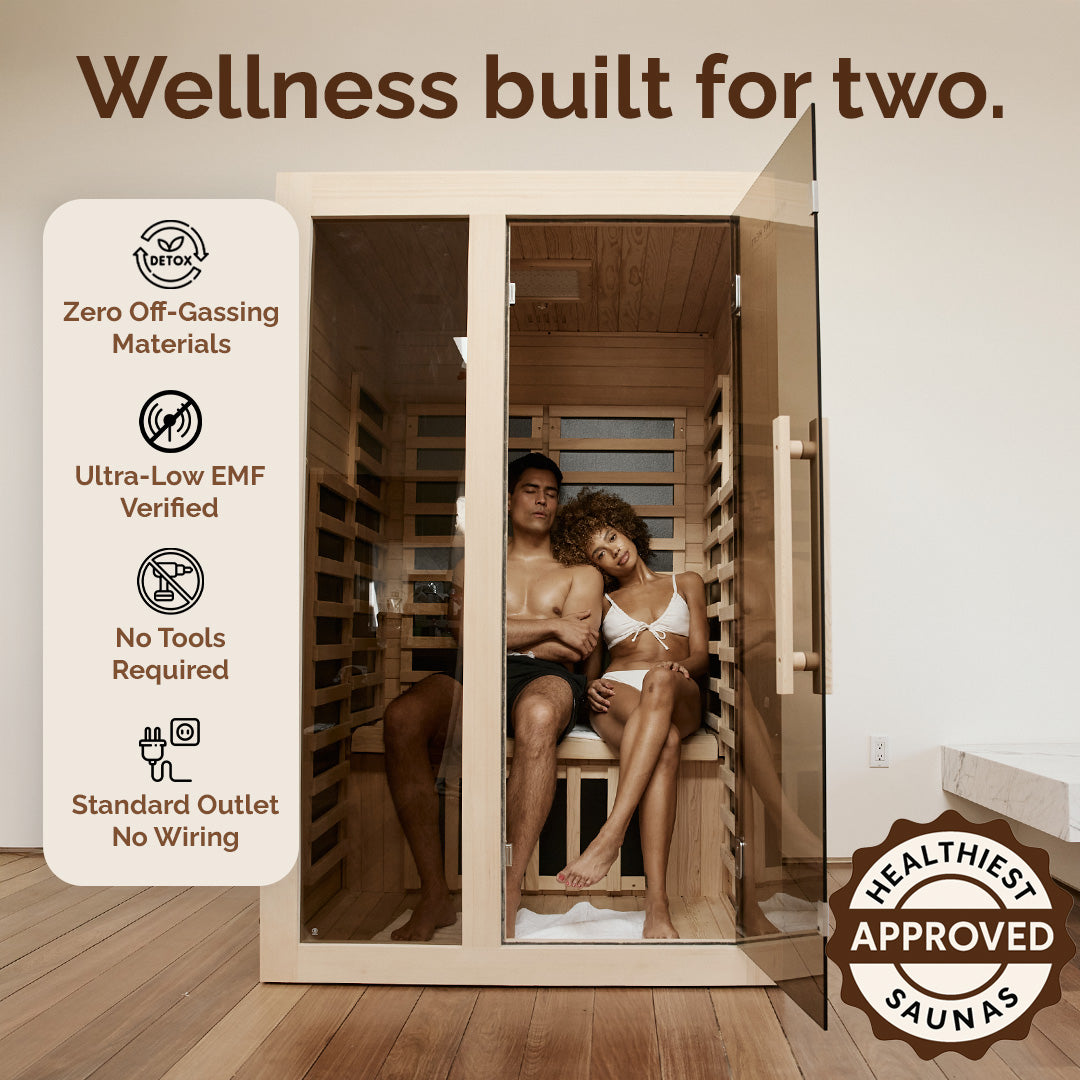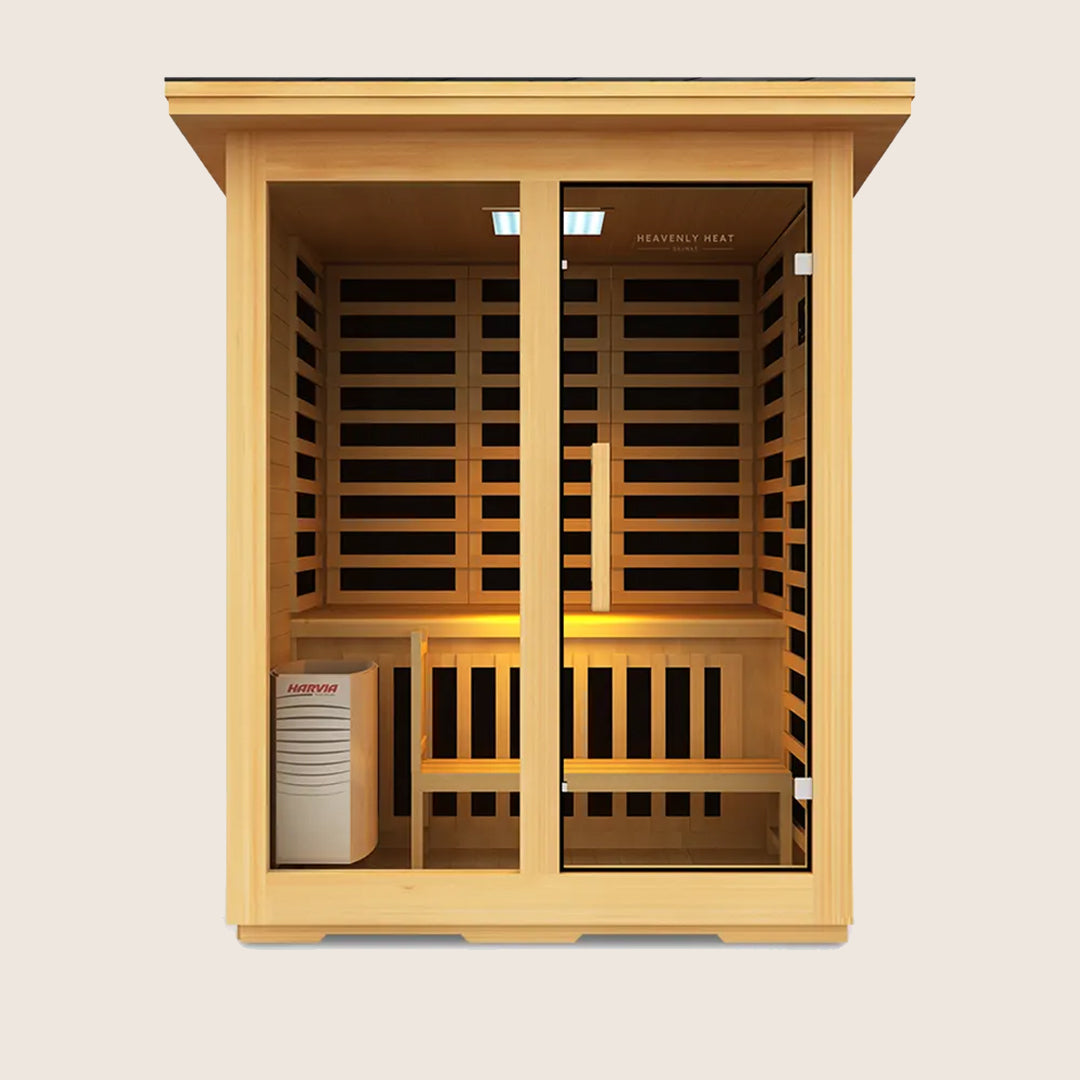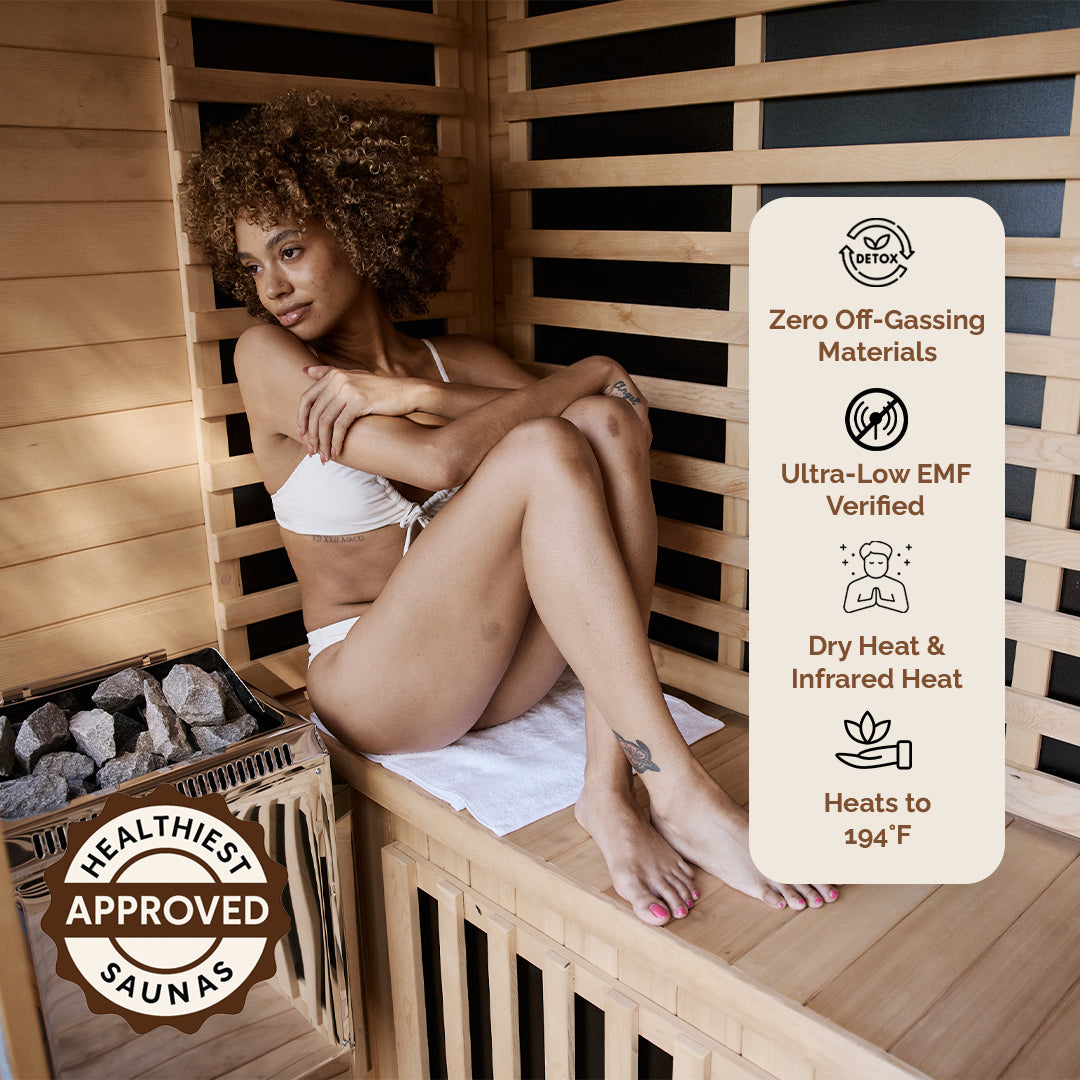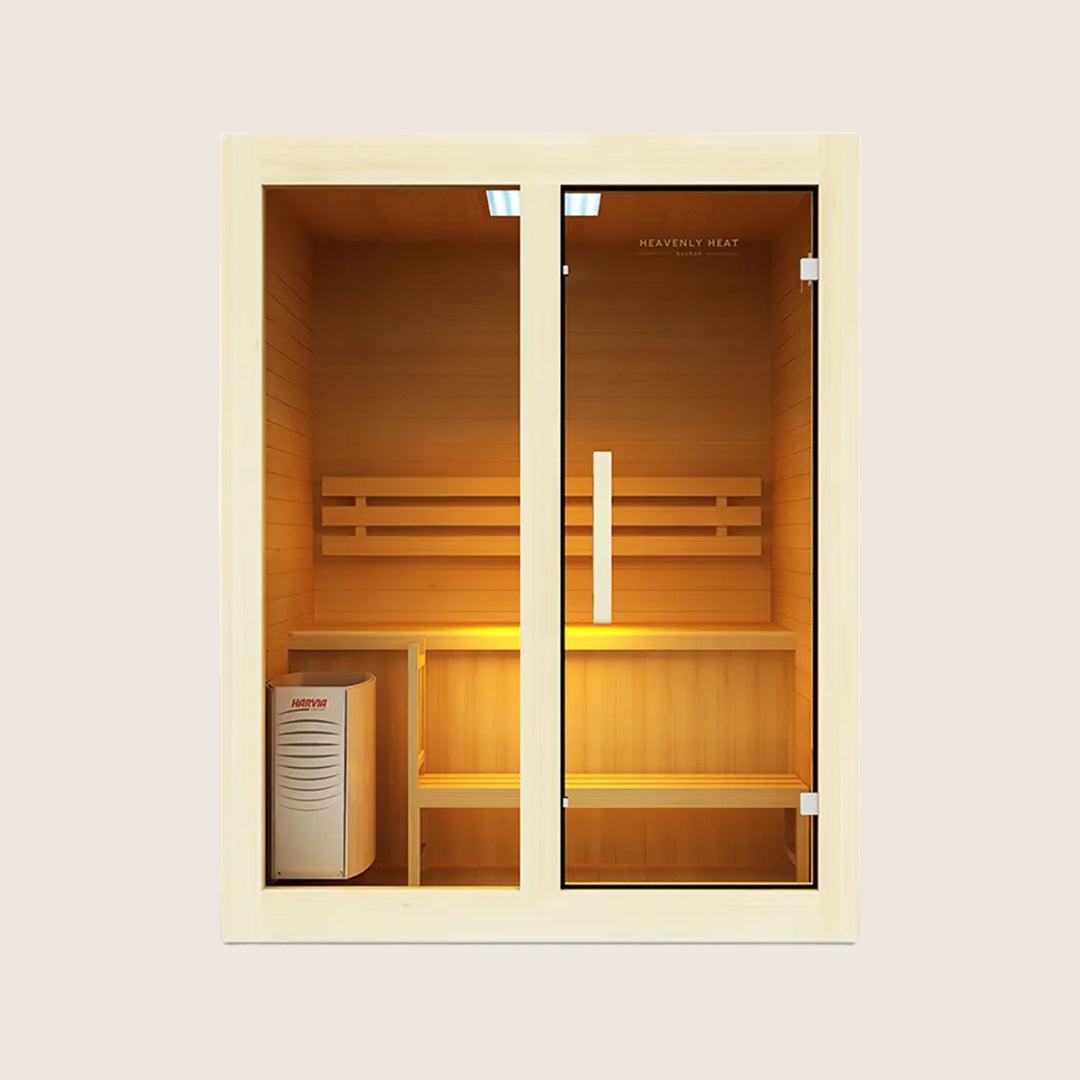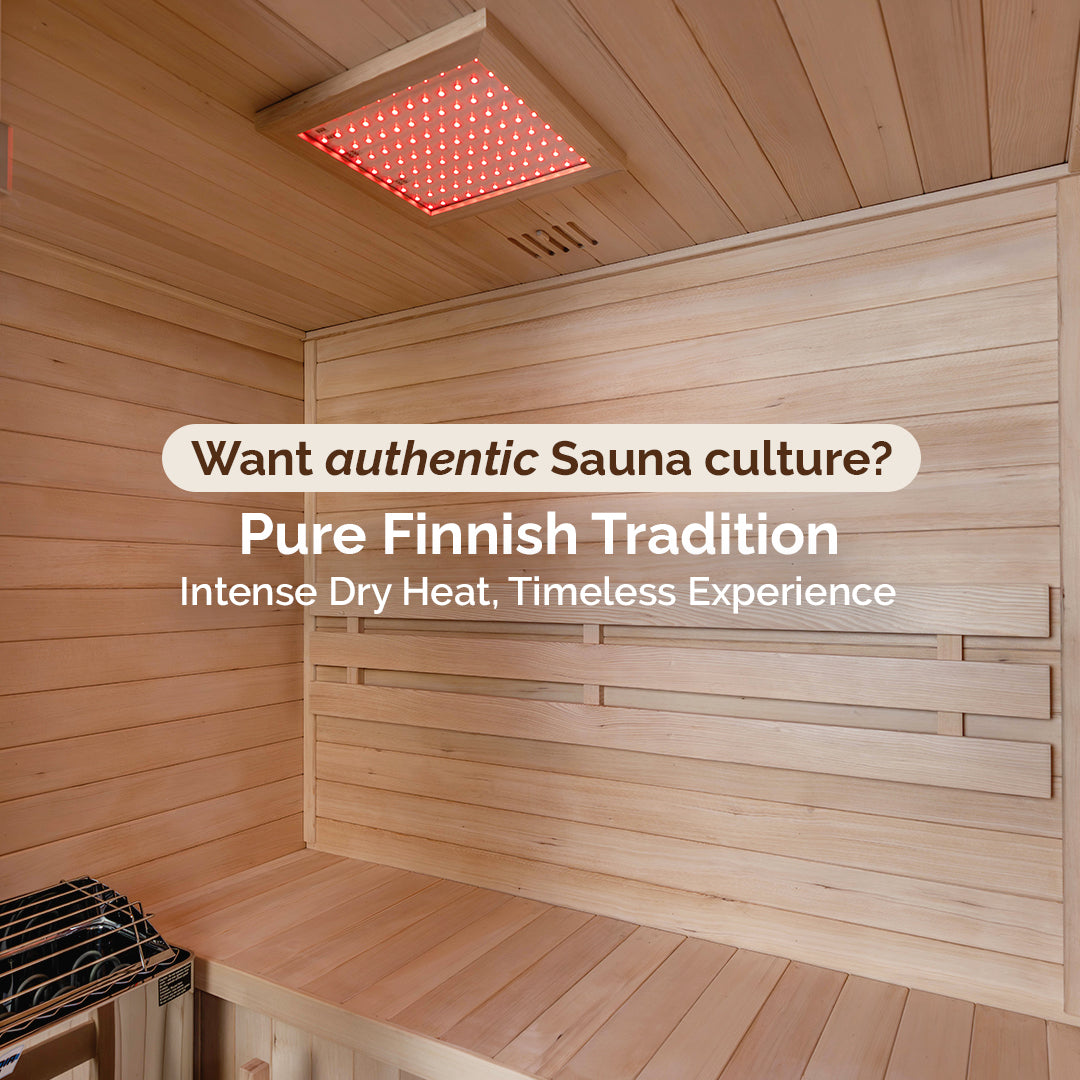Can You Take a Hot Shower After a Cold Plunge?

Taking a cold plunge feels refreshing, but what happens when you follow it with a hot shower? Many wonder if switching from cold to hot water affects the benefits of cold therapy.
In this article, you’ll discover the best way to warm up after a cold plunge while keeping your body’s recovery and comfort in balance.
Table of contents
Key Takeaways
-
Wait Before Heating Up: Give your body 5–15 minutes post-plunge before showering to maximize recovery benefits.
-
Start Lukewarm, Not Hot: Ease into warmer temperatures to avoid shocking your system.
-
Keep It Short: Limit hot showers to 5–10 minutes to protect your skin and retain cold therapy effects.
-
Contrast Builds Resilience: Alternating hot and cold boosts circulation, recovery, and stress tolerance.
-
Sensitive Skin Needs Caution: Transition slowly and use gentle products to avoid irritation.
What Is a Cold Plunge?
A cold plunge is when you immerse your body in very cold water , usually between 50–59°F (10–15°C).
This is commonly done in a tub, ice bath, or cold plunge pool . People use it to reduce muscle soreness , improve circulation , and boost mood .
Can You Take a Hot Shower After a Cold Plunge?
Yes, you can take a hot shower after a cold plunge . In fact, many people do this to warm up quickly and feel comfortable again.
However, timing matters . Jumping into a hot shower right after a cold plunge may reduce some of the cold therapy’s benefits .
If your goal is muscle recovery or reducing inflammation , waiting a bit before showering can help.
Showering Immediately vs. Waiting: What’s the Difference?
Showering immediately after a cold plunge gives you quick relief from the cold. It helps warm up your body fast.
But if you wait 5–10 minutes before showering, you allow your body to gradually return to normal temperature.
This helps extend the effects of cold therapy like reduced inflammation and better circulation. It’s about finding the right balance between comfort and recovery.
What’s the Optimal Time Gap for Switching to Hot after a cold plunge?
A good rule of thumb is to wait about 5 to 15 minutes after a cold plunge before taking a hot shower.
This gives your body time to adjust naturally and keeps the benefits of cold exposure longer. If you're too cold or uncomfortable, warming up sooner is okay . Just avoid jumping into hot water right away if you want maximum recovery results.
How Long Should the Hot Shower Last?
Keep your hot shower short, around 5 to 10 minutes . This is enough to warm up your body without overheating.
Long, hot showers can dry out your skin and may undo some of the good effects of the cold plunge.
Use lukewarm water at first and then slowly move to warmer temperatures. Don’t go straight to very hot water .
Should People With Heart Conditions Avoid Hot Showers After Cold?
After a cold plunge, dry off and warm up slowly . Use a towel, robe, or warm clothes to help. Drink water to stay hydrated .
If you’re shivering or feel dizzy, take extra time to rest . Once you feel steady, take a warm shower, not too hot at first . This makes the transition easier on your body and protects your skin.
Benefits of Alternating Cold and Hot Exposure
Improved Blood Circulation
- Hot and cold water together make your blood flow stronger: Alternating between hot and cold water forces your blood vessels to open and close. This simple process helps train them to work better, making your circulation stronger over time.
- Warm water helps blood move more freely: When your body is exposed to heat, your blood vessels widen. This makes it easier for blood to flow, which means more oxygen and nutrients reach your muscles and organs.
- Cold water helps control blood flow better: Cold exposure causes your blood vessels to tighten. This slows down the blood flow for a short time, helping your body learn to manage circulation more effectively.
- This routine helps your body clean itself and get more oxygen: The hot-cold cycle improves how your body moves oxygen around and supports natural detox. Better blood flow helps your body remove waste and feel more energized.
- Hydrotherapy uses this trick to keep your circulation healthy: Health methods like hydrotherapy use hot and cold exposure to boost blood circulation and keep your blood vessels working well in the long run.
Reduced Muscle Soreness and Faster Recovery
- Cold Exposure Reduces Muscle Pain and Inflammation: Switching between cold and hot water helps muscles recover faster after workouts. Cold exposure is particularly effective in reducing inflammation and alleviating pain after intense exercise. It provides immediate relief and helps minimize muscle soreness.
- Heat Therapy Eases Muscle Tightness and Improves Flexibility: Heat helps relax tight muscles, easing stiffness and promoting flexibility. This method improves mobility, making it easier to move freely after a workout. Using heat after cold exposure helps muscles feel more flexible and ready for the next activity.
- Alternating Therapy Reduces DOMS and Enhances Recovery: This approach is great for easing Delayed Onset Muscle Soreness (DOMS). Alternating between cold and hot exposure can significantly reduce muscle stiffness, making it easier to get back to your routine. It also improves mobility, allowing you to move better and recover faster.
Enhanced Immune System Function
Exposure to cold water activates immune responses by stimulating natural killer cells and white blood cells .
Heat enhances this effect by increasing circulation , allowing immune cells to move more efficiently.
Additionally, heat triggers the release of protective proteins that help your body handle stress.
Together, hot and cold exposure strengthens immune function and promotes a more responsive and balanced system.
Stress Relief and Mental Clarity
Contrast therapy supports mental health by positively influencing your nervous system . Cold water increases alertness and focus by stimulating adrenaline , while warm water calms the body by lowering cortisol levels and relaxing muscles.
This balance promotes emotional well-being , reduces stress , and sharpens mental clarity , making it an effective natural method to manage mood and restore mental balance .
Increased Metabolic Rate
Exposing your body to cold can activate brown fat , which burns calories to maintain body temperature.
Heat boosts your metabolism differently by increasing heart rate and circulation . Together, the alternating temperatures stimulate your body to burn more energy, giving you a natural metabolic lift and supporting overall vitality and weight control .
Improved Tolerance to Temperature Extremes
Regular contrast therapy trains your body to adapt to hot and cold environments more effectively .
Over time, your nervous system and temperature regulation become more resilient . This adaptation helps improve your tolerance to extreme weather , keeping you more comfortable and less reactive to seasonal temperature shifts.
Detoxification and Lymphatic Drainage
The cycle of cold and heat supports the body’s lymphatic system . Cold water stimulates lymph vessels to contract , while heat helps move fluids more freely by relaxing tissues .
This improves the removal of waste , reduces swelling , and helps your body maintain a healthy detox process . Sauna sessions followed by cold showers are commonly used to enhance this effect.
Tips for Taking a Hot Shower After a Cold Plunge
Start with Lukewarm Water
After a cold plunge, begin your shower with lukewarm water (90–98°F / 32–37°C) to help your body adjust gradually.
This gentle transition improves blood flow without causing a sudden shock to your system. Spend 3–5 minutes here before increasing the temperature.
Increase Temperature Gradually
Slowly raising the water temperature over 5–10 minutes allows your heart rate and blood vessels to adapt .
This prevents discomfort like dizziness or overheating and makes your post-cold plunge shower safer and more enjoyable .
Limit Shower Duration
Keep your shower between 5–10 minutes to protect your skin and maintain the anti-inflammatory effects of the cold plunge.
Longer exposure to hot water may dry out your skin and reduce the recovery benefits of contrast therapy.
Focus on Breathing and Relaxation
Practice slow, deep breathing during your shower to calm your nervous system. Mindful breathing helps regulate heart rate and supports a smoother internal temperature adjustment, turning your shower into a recovery ritual .
Use Gentle, Hydrating Shower Products
Choose mild, fragrance-free products with ingredients like aloe vera, glycerin, or oatmeal. These help replenish your skin's moisture and prevent irritation after cold exposure.
Pay Attention to Sensitive Areas
Avoid applying hot water directly to sensitive areas like your face, neck, and hands. Warm them gently with lukewarm water to prevent redness or irritation, especially after a cold plunge.
Hydrate Your Skin After Showering
Apply moisturizer while your skin is still damp to lock in hydration. Use products with shea butter, hyaluronic acid, or natural oils like jojoba or almond oil to restore moisture and keep skin soft and healthy.
FAQs
Can taking a hot shower immediately after a cold plunge affect skin health or cause irritation?
Yes, transitioning too quickly from cold to hot water can irritate the skin, especially if you have conditions like eczema or rosacea. Start with lukewarm water to reduce the risk of dryness, redness, or discomfort.
How does alternating between cold plunges and hot showers impact the nervous system differently than using only one method?
Contrast therapy trains your nervous system to respond more flexibly. Cold activates your fight-or-flight response, while heat promotes relaxation. This combination strengthens vagus nerve activity and improves heart rate variability, helping your body handle stress more efficiently than using hot or cold alone.
Are there specific times of day when taking a hot shower after a cold plunge is more beneficial or harmful?
Yes. Morning is ideal if you're looking for a boost in alertness and energy. Evening contrast therapy may interfere with melatonin production and disrupt sleep. Follow your body’s natural rhythm for best results.
What are the potential risks of combining hot showers with cold plunges for people with sensitive skin or certain dermatological conditions?
People with rosacea, eczema, psoriasis, or dermatitis should be cautious. Rapid temperature shifts can damage the skin barrier and trigger flare-ups. If you experience stinging, redness, or itching, discontinue use or consult a dermatologist.


